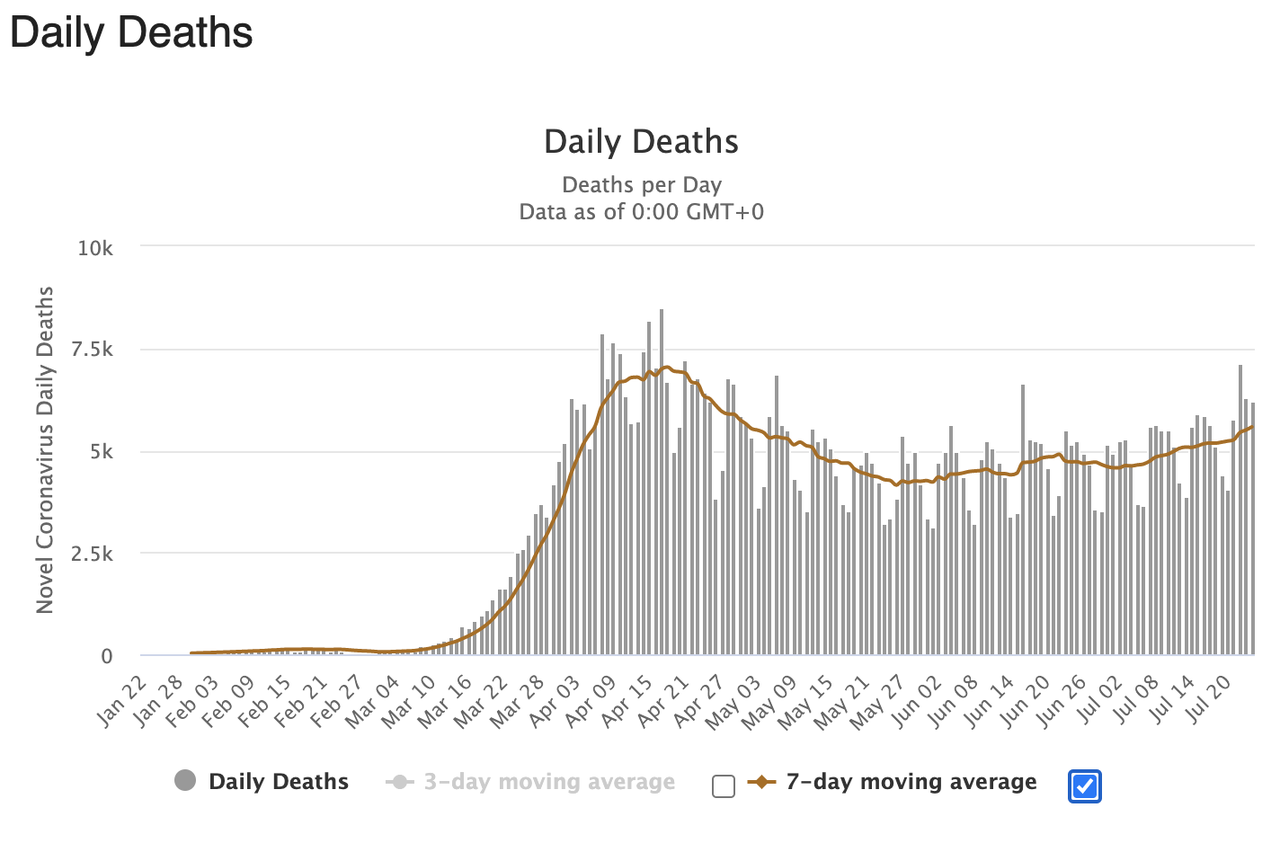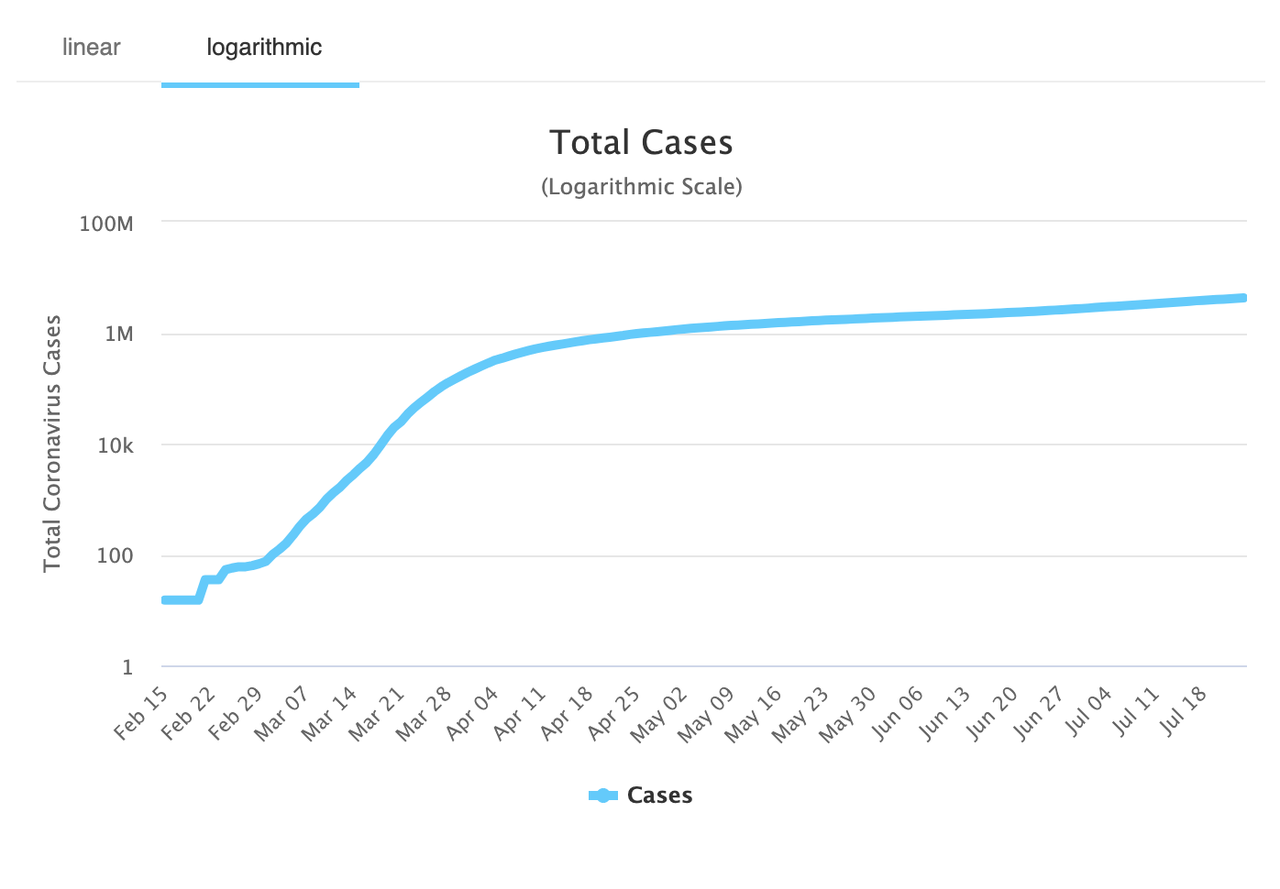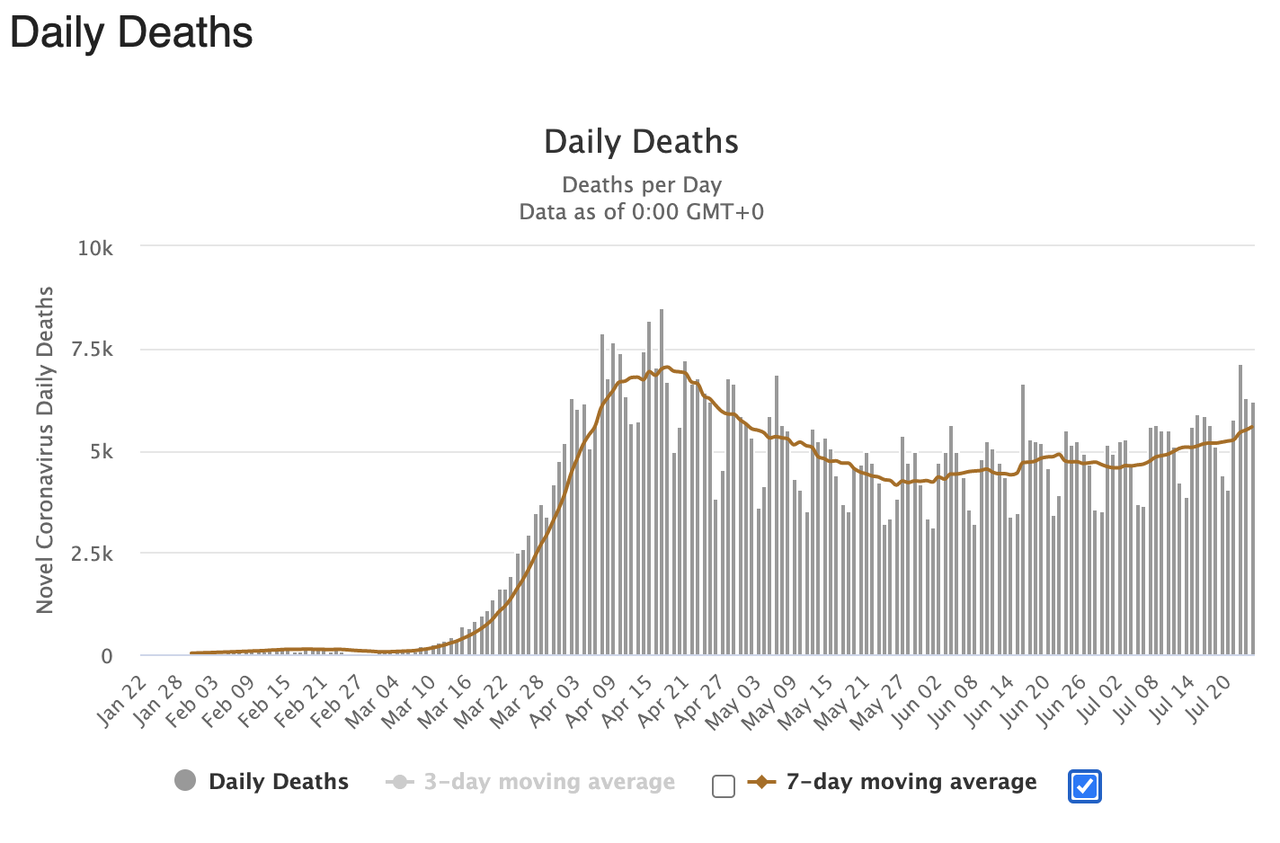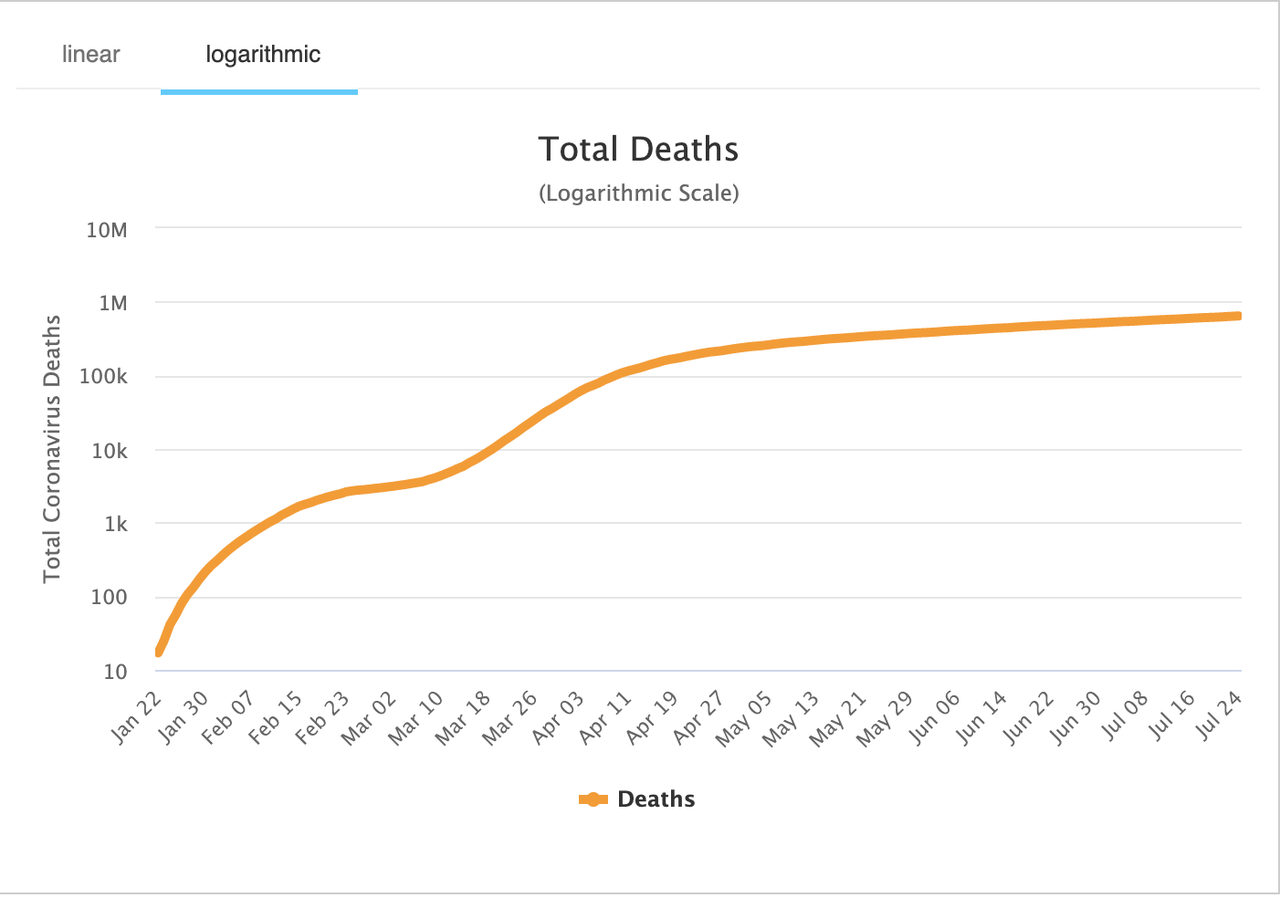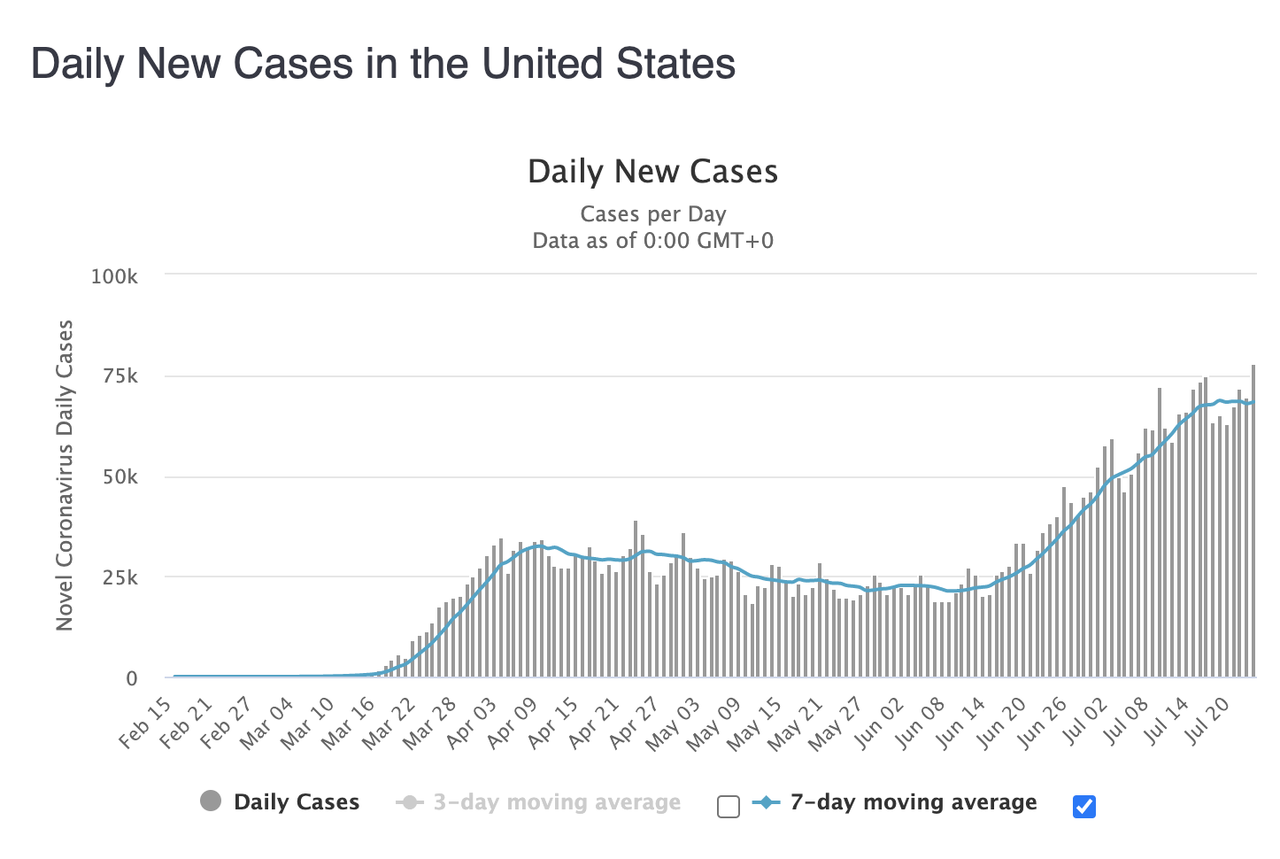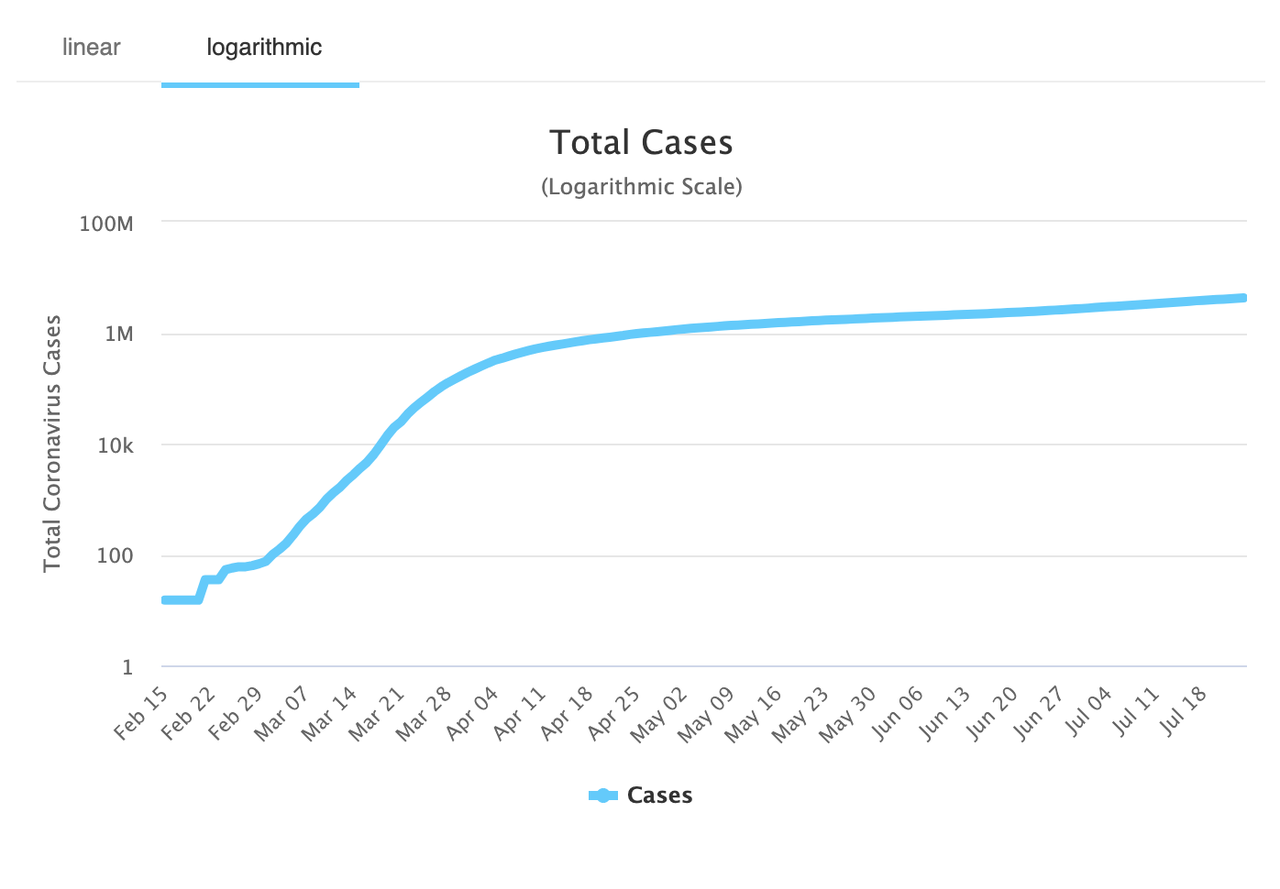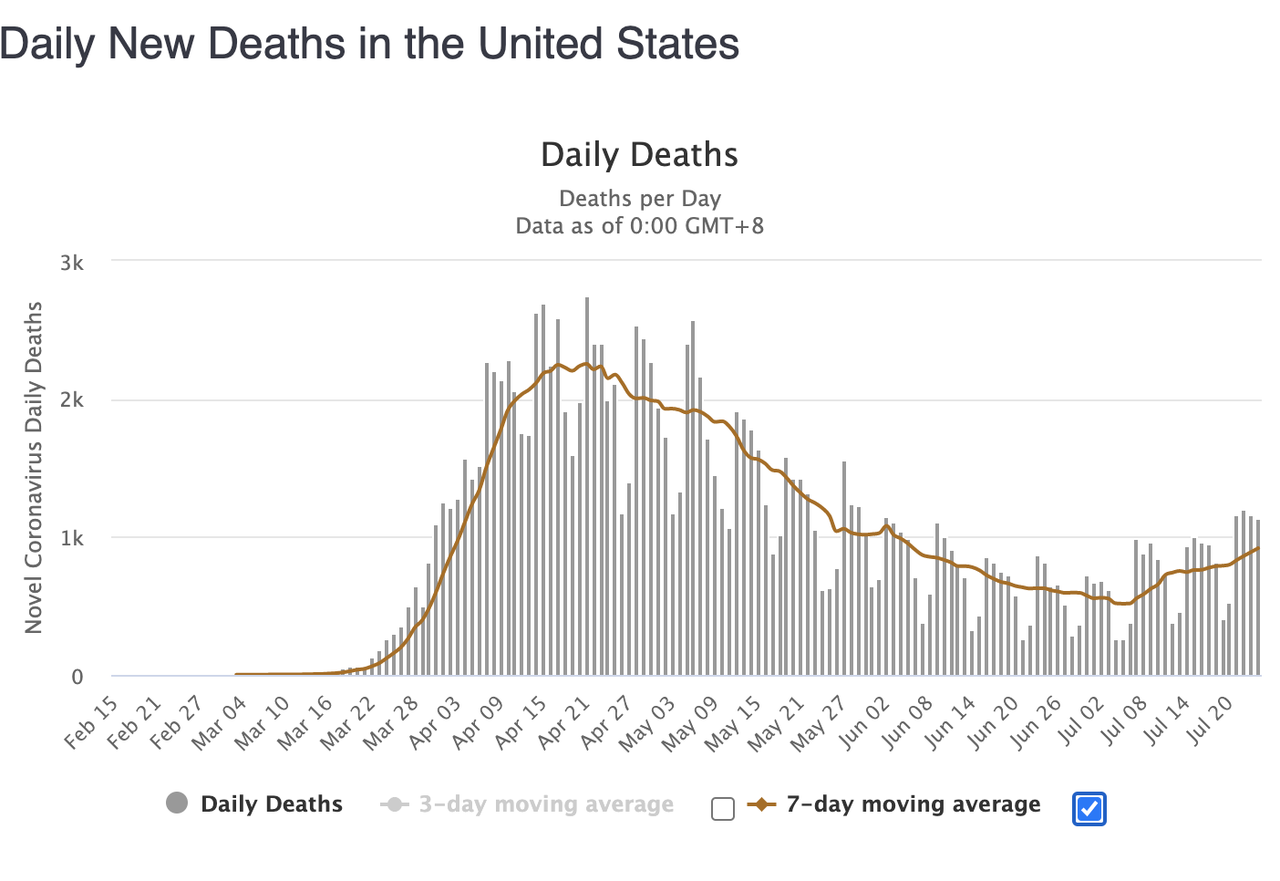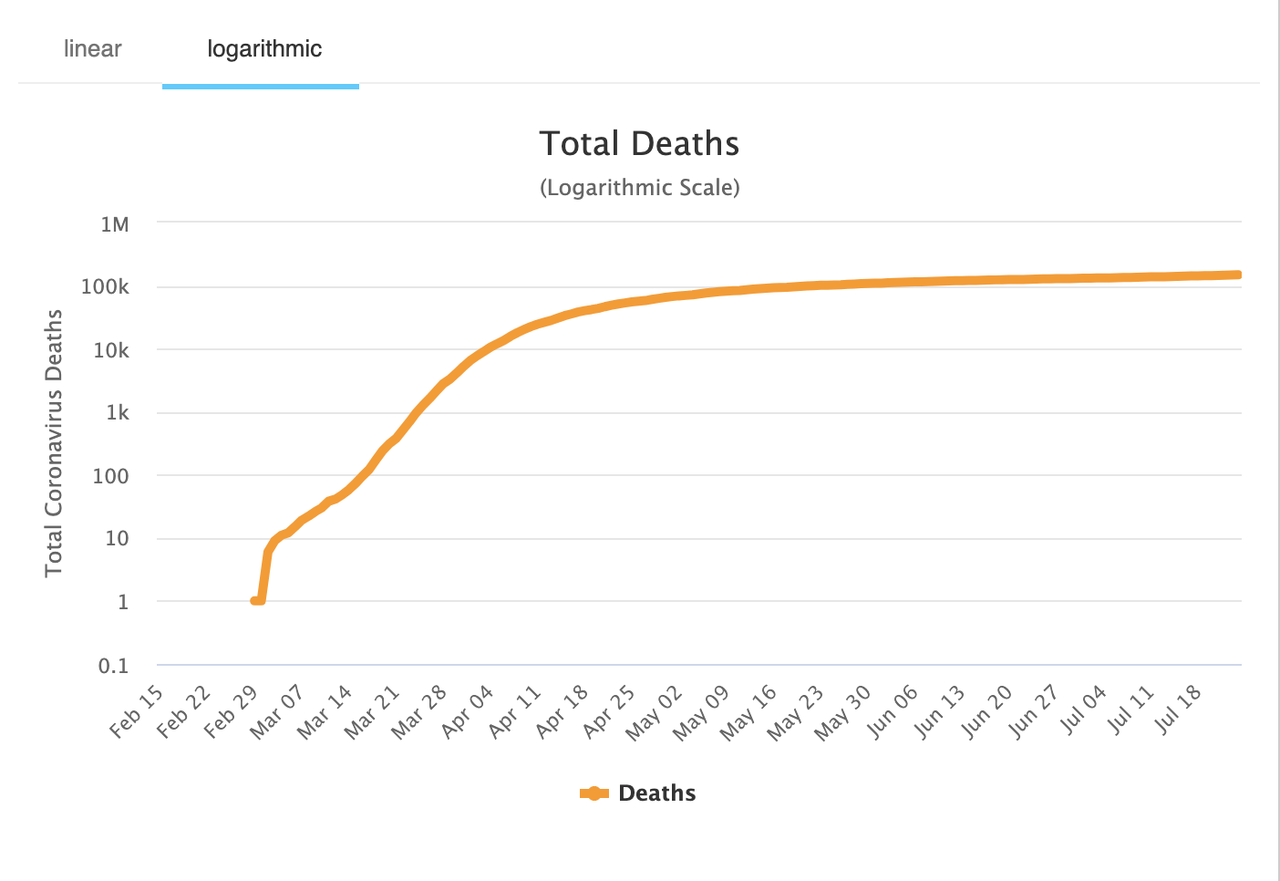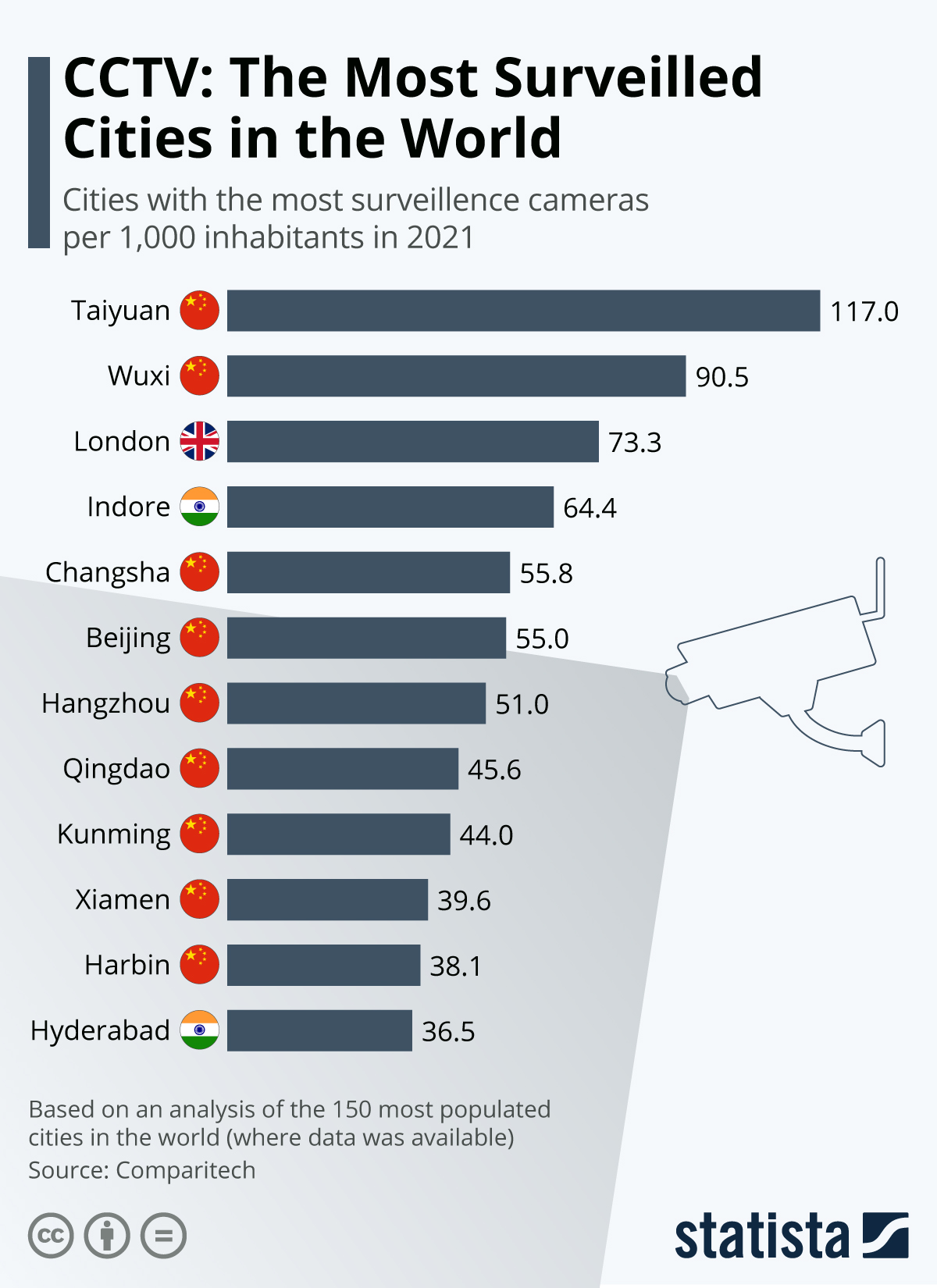On, then, to the specific laws, beginning with ones that protect off-duty lawful activity (or, in the case of Montana, require good cause for firing more broadly).
[A.] Engaging in Any Off-Duty Lawful Activity—Colorado and North Dakota
Two state statutes generally bar employers from restricting employees’ off-duty lawful activity. “Lawful activity off the premises of the employer” is broad enough to include speech, and court decisions have expressly interpreted such a statute to cover speech.[1]
Colorado: [No employer may] terminate the employment of any employee due to that employee’s engaging in any lawful activity off the premises of the employer during nonworking hours unless such a restriction:
(a) Relates to a bona fide occupational requirement or is reasonably and rationally related to the employment activities and responsibilities of a particular employee or a particular group of employees, rather than to all employees of the employer; or
(b) Is necessary to avoid a conflict of interest with any responsibilities to the employer or the appearance of such a conflict of interest.
North Dakota: [No employer may discriminate against an employee or applicant] because of … participation in a lawful activity that is off the employer’s premises and that takes place during nonworking hours
[a] [unless that participation is] in direct conflict with the essential business-related interests of the employer … [or]
[b] contrary to a bona fide occupational qualification that reasonably and rationally relates to employment activities and the responsibilities of a particular employee or group of employees, rather than to all employees of that employer.
Colorado also has another statute, which we’ll discuss in a future post, protecting employees’ “engaging or participating in politics.”
[B.] Engaging in Off-Duty “Recreational Activities”—New York
New York bars employer retaliation for off-duty “recreational activities,” including, among other things, “reading and the viewing of television, movies, and similar material.” A separate part of the statute, which we’ll discuss later, expressly protects partisan political activities.
The New York law’s protection for receiving speech suggests there is similar protection for conveying speech. Court decisions have indeed treated “recreational activities” as including arguing about politics at a social function[2] and participating in a vigil for a man killed because of his homosexuality.[3]
But one court has held that picketing is not sufficiently “recreational” to qualify.[4] Other New York courts have likewise held that certain non-speech activities—dating[5] and organizing and participating in “after-work celebrations with fellow employees”—that might normally be seen as recreational nonetheless are not covered by the statute. This suggests that “recreational activities” might likewise be read narrowly in some speech cases.
New York: (1) … (b) “Recreational activities” shall mean any lawful, leisure-time activity, for which the employee receives no compensation and which is generally engaged in for recreational purposes, including but not limited to sports, games, hobbies, exercise, reading and the viewing of television, movies and similar material ….
(2) … (c) [No employer may discriminate against an employee or prospective employee] because of … an individual’s legal recreational activities outside work hours, off of the employer’s premises and without use of the employer’s equipment or other property …
(3)(a) [This section shall not be deemed to protect activity that] creates a material conflict of interest related to the employer’s trade secrets, proprietary information or other proprietary or business interest ….
(4) [A]n employer shall not be in violation of this section where the employer takes action based on the belief … that: … (iii) the individual’s actions were deemed by an employer or previous employer to be illegal or to constitute habitually poor performance, incompetency or misconduct.
[C.] Engaging in Activity (On- or Off-Duty) That Doesn’t Create “Reasonable Job-Related Grounds for Dismissal”—Montana
Montana is the only state that generally bars employers from firing people absent good cause; this would include many dismissals based on an employee’s speech or political activity.
Montana: [An employer may not discharge an employee] if … the discharge was not for [reasonable job-related grounds for dismissal based on a failure to satisfactorily perform job duties, disruption of the employer’s operation, or other legitimate business reasons] and the employee had completed the employer’s probationary period of employment [or six months, if the employer did not establish a specific probationary period] ….
This provision is limited to actual and constructive discharge, and is not violated by minor demotions, failures to promote, or failures to hire. But, as we’ll discuss in a later post, certain Montana employers are barred from all discrimination based on certain kinds of political activities.
[1].Marsh v. Delta Air Lines, Inc., 952 F. Supp. 1458 (D. Colo. 1997) (letter to the editor of a newspaper criticizing the employer); Gwin v. Chesrown Chevrolet, Inc., 931 P.2d 466 (Colo. App. 1996) (employee’s demand to an off-the-job lecturer for a refund of money paid to attend the lecture); Angel v. Rayl, No. 04-CV-3420, 2005 WL 6208024 (Colo. Dist. Ct. Dec. 1, 2005) (dictum) (“read[ing] certain books,” “see[ing] certain movies,” “attend[ing] certain plays,” “attend[ing] certain political or social-activism events,” and “express[ing] certain opinions in letters-to-the-editor of the local newspaper”).
[2].Cavanaugh v. Doherty, 243 A.D.2d 92, 100 (N.Y. App. Div. 1998) (treating an allegation that plaintiff was fired “as a result of a discussion during recreational activities outside of the workplace in which her political affiliations became an issue” as covered by the statute).
[3].El-Amine v. Avon Prods., Inc., 293 A.D.2d 283 (N.Y. App. Div. 2002) (affirming denial of summary judgment in a § 201-d(2) case apparently brought based on plaintiff’s “involvement in a vigil for Matthew Shepard, the gay college student who was brutally murdered in Laramie, Wyoming,” Jennifer Gonnerman, Avon Firing, Village Voice, Mar. 2, 1999).
[4].Kolb v. Camilleri, No. 02-CV-0117A(Sr), 2008 WL 3049855, at *13 (W.D.N.Y. Aug. 1, 2008) (“Plaintiff did not engage in picketing for his leisure, but as a form of protest. While the Court has found such protest worthy of constitutional protection, it should not engender simultaneous protection as a recreational activity akin to ‘sports, games, hobbies, exercise, reading and the viewing of television, movies and similar material.'”).
[5].E.g., Hudson v. Goldman Sachs & Co., 283 A.D.2d 246 (N.Y. App. Div. 2001) (“romantic relationships are not protected ‘recreational activities'”); State v. Wal-Mart Stores, Inc., 207 A.D.2d 150 (N.Y. App. Div. 1995) (“dating is entirely distinct from … recreational activity”) (internal quotation marks omitted). But see id. at 153 (Yesawich, J., dissenting) (arguing that dating should be seen as covered).
from Latest – Reason.com https://ift.tt/30IQBT2
via IFTTT


